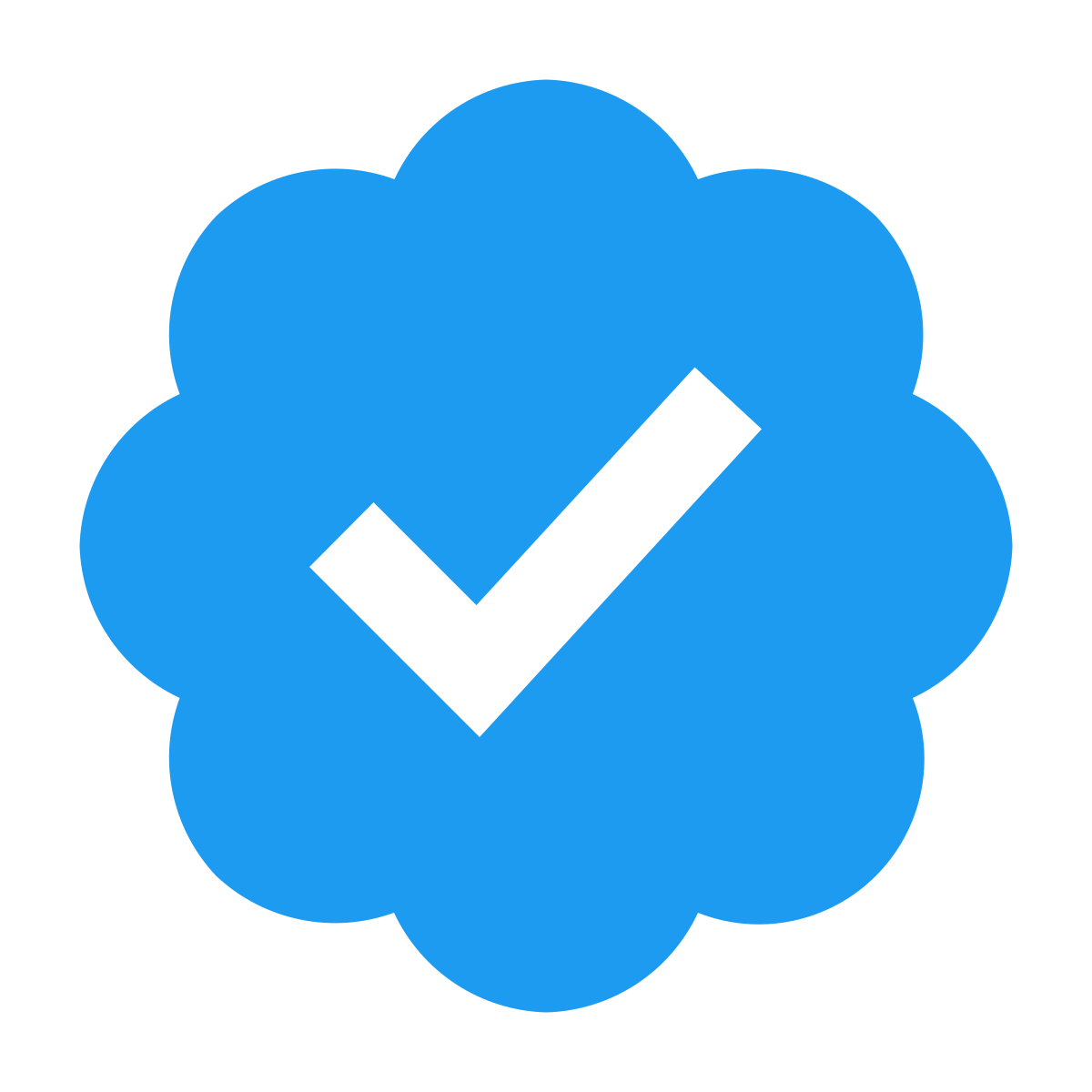In this article, I will discuss how to delete Windows files folder hit uninstalling in C Windows rescache.
Removing Rescache for Easier Mod Application
To remove Rescache for easier mod application, follow these steps:
Navigate to the C Windows rescache folder on your computer. Locate the Windows Files folder within the rescache folder.
Right-click on the Windows Files folder and select “Delete” from the dropdown menu. Confirm the deletion when prompted.
Once the Windows Files folder has been deleted, you can now proceed with uninstalling the application or mod that requires the removal of Rescache.
After uninstalling the application or mod, make sure to clear any remaining files or data related to Rescache to ensure a clean removal process.
By removing Rescache, you can streamline the mod application process and avoid any potential conflicts or errors that may arise from having outdated or unnecessary files on your system.
Additional Assistance and Options
- Check for system restore points to revert back to a previous state before the deletion
- Use a third-party software to clean up and optimize your system
- Consult with a professional technician for advanced assistance
- Consider reinstalling the operating system if necessary
- Backup important files and perform a factory reset as a last resort
Understanding Rescache: Vendor, Version, and Signatures
When it comes to understanding Rescache in C Windows, it is important to know about the vendor, version, and signatures associated with it. The Rescache is a feature that helps improve performance by caching resources in memory.
Vendor: The vendor of Rescache refers to the company or organization that developed the feature. This information can be helpful when troubleshooting issues or seeking support.
Version: The version of Rescache indicates which iteration of the feature is being used. Updating to the latest version can often resolve bugs or security vulnerabilities.
Signatures: Signatures are unique identifiers that help verify the authenticity of files or resources. Checking signatures can help ensure that the Rescache files are legitimate and have not been tampered with.
Understanding these aspects of Rescache can be useful when managing or troubleshooting Windows files and folders. It is recommended to regularly update and maintain the Rescache to optimize system performance and security.
Identifying and Handling Rescache Executable Issues
When encountering Rescache executable issues in C Windows, it is important to identify and handle them promptly. One common method to resolve these issues is by deleting the Windows Files folder. To do this, follow these steps:
– Open the Windows File Explorer and navigate to the location of the Windows Files folder.
– Right-click on the folder and select “Delete” from the dropdown menu.
– Confirm the deletion when prompted.
After deleting the Windows Files folder, you may also consider uninstalling any problematic programs that could be causing the Rescache executable issues. To uninstall a program:
– Open the Control Panel and navigate to the “Programs and Features” section.
– Locate the program causing issues in the list of installed programs.
– Right-click on the program and select “Uninstall” to remove it from your system.
F.A.Q.
Which files can be deleted from C drive?
Which files can be deleted from C drive?
Recycle bin files, Windows Update Cleanup files, upgrade log files, device driver packages, temporary internet files, and temporary files are some types of files that can be removed from the C drive.
What is Windows folder in my C drive?
The Windows folder in your C drive is where the Windows operating system is stored.
How do I clean my user folder in Windows 10?
To clean your user folder in Windows 10, you will need to log in with an administrator account, navigate to Control Panel, then System, Advanced System Settings, and click on Settings under User Profile. From there, select the user profile you want to clean and delete it. Windows 10 is a Microsoft operating system commonly used on personal computers and tablets.







